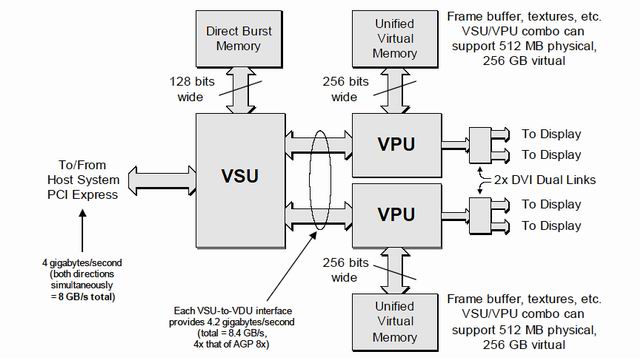whats the general consensus of die size % of the ALU in the rv670?
If they were to put in 800 SP's, thats what 160 vec 5 shaders? A 2.5 times increase, with only a 25% increase in the current die size, thats just not possible if the SP's in the rv670 takes over 50% unless die size is off too, which at this point I really don't think its off unless the pro and xt are different chips. And this is without any other changes in the rv670. And the TDP figures would be off too if this was the case..... I mean we would have to throw everything out
If they were to put in 800 SP's, thats what 160 vec 5 shaders? A 2.5 times increase, with only a 25% increase in the current die size, thats just not possible if the SP's in the rv670 takes over 50% unless die size is off too, which at this point I really don't think its off unless the pro and xt are different chips. And this is without any other changes in the rv670. And the TDP figures would be off too if this was the case..... I mean we would have to throw everything out


